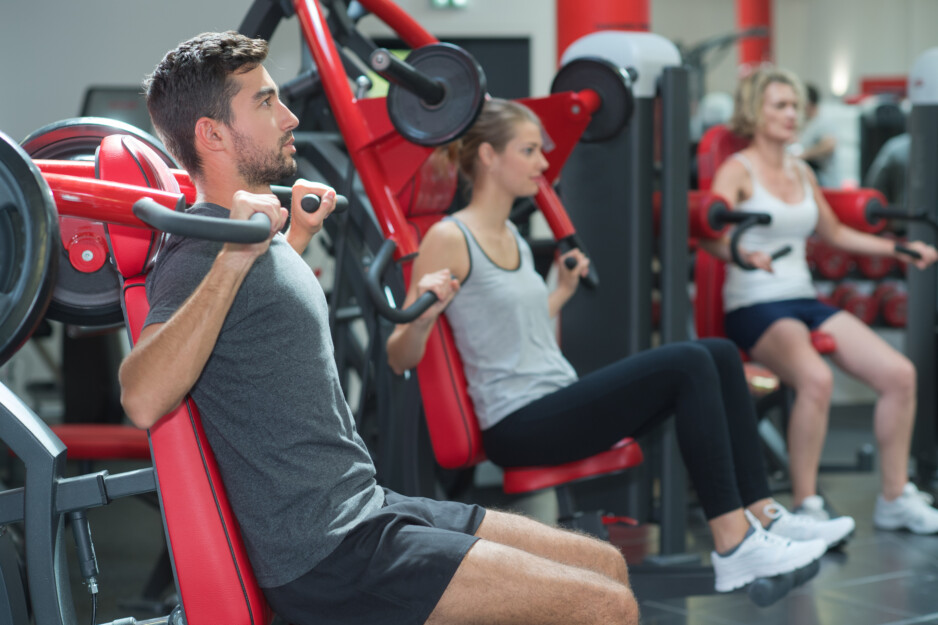As a disabled person, staying fit can be difficult. It can be hard to find the right equipment and resources to help you stay active. But don’t worry, we’ve got your back! In this blog post, we’ll discuss some of the best ways to stay fit as a disabled person. From accessible workout equipment to nutrition tips, there are plenty of ways for you to stay healthy and active!
Understand Your Disability
Regular physical activity can help you manage your health condition, improve your mobility, and reduce the risk of other medical problems. It’s important to understand your disability so that you can make the best decisions about exercise modes, intensity levels, and safety considerations.
When starting an exercise routine, it’s best to consult a medical professional for advice on any adjustments needed. Depending on your disability or health condition, it may be possible to receive coverage from Medicare or Medicaid for a personal trainer who can help create an individualized fitness plan that suits your needs and abilities.
When planning an exercise routine, focus on both strength exercises (50%) and cardio (50%). Incorporating exercises into daily activities is also beneficial; don’t feel limited by the assistive equipment/devices (wheelchair, cane etc.). Keeping the body moving as much as possible in your wheelchair should be a regular part of any fitness program.
Regular physical activity is good for everyone’s health – including those with disabilities – so aim to get at least two hours and 30 minutes of moderate-intensity aerobic activity each week. Don’t forget to stay hydrated throughout all activities!
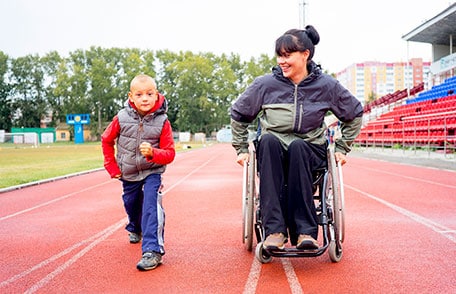
Make Exercise Part of Your Routine
Exercise can help improve physical and mental wellbeing, reduce stress and anxiety, manage weight and even aid in recovery from injury or illness. With a few adjustments to your routine, you can make exercise part of your daily life regardless of any disability or injury.
Understand that the same health and fitness rules apply to everyone – no matter if you have a disability or not. Incorporate exercise into your daily routine by starting slowly and increasing repetitions as you become stronger. Workouts should be tailored specifically to suit your individual needs; focus on exercises that target the upper body if needed. It’s also important to stay hydrated and eat a balanced diet before any workout session – this will ensure you don’t feel lightheaded or sluggish during exercise.
The benefits of regular exercise are vast so don’t let anything get in the way of achieving this goal! Speak with a physician or dietician about what types of exercises are appropriate for your individual situation so that you can get started today.

Set Realistic Goals
Staying fit as a disabled person can be a challenge, but with the right attitude and realistic goals it is possible. Start slowly and build up your confidence by setting realistic exercise goals for yourself. Write down what exercises you want to do, when, where and for how long, and keep track of your progress. Don’t expect too much of yourself at first, relearn simple things you used to take for granted and be patient as you develop new skills and strategies.
To help stay active it helps to plan ahead by making physical activity part of your daily routine. Find activities that suit you best such as swimming or walking in areas where there are no barriers or restrictions that may prevent you from exercising normally. Finally, writing an exercise and physical activity plan can help make sure that you stick to your promise of being active regularly.
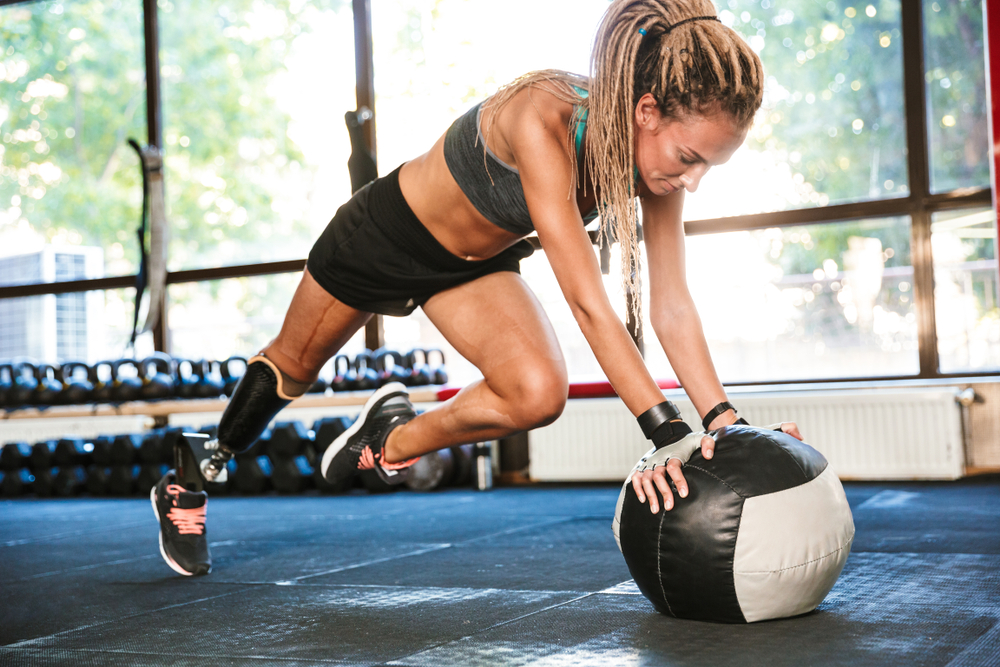
Choose Adaptive Equipment
There are plenty of ways to stay active and stay in shape, even with physical limitations. Adaptive equipment can make it easier for people with disabilities to engage in physical activities and exercise. Examples of adaptive equipment include sports wheelchairs, Fusion Wheel – an all-in-one portable wheelchair gym, Theraband Progressive Resistance System, Invictus Trainer, Wheelchair Workout Kit and FES BIKE.
It is important to find an activity or exercise that you enjoy doing so that it doesn’t become a chore. Consider your current form of exercise and decide how much is right for your fitness level. You can also make modifications or add adaptive equipment to vehicles if needed in order to safely drive yourself around town if desired. Staying fit as a disabled person is possible with the right adaptive equipment.
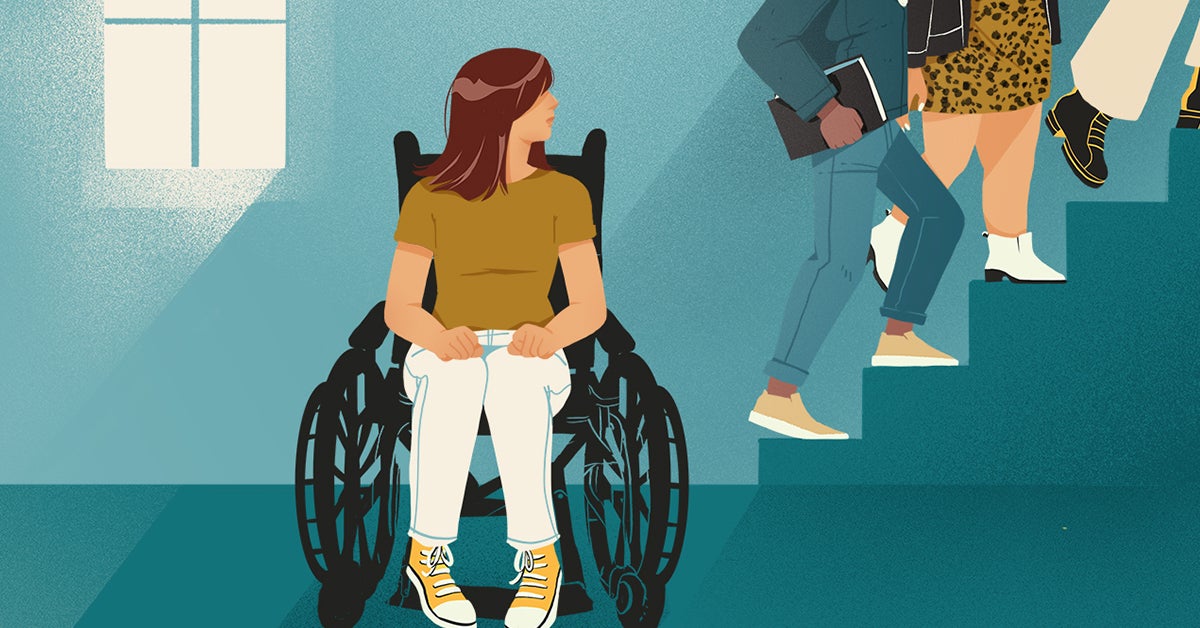
Ask for Help When Needed
Incorporating regular and appropriate exercise into your daily routine can help with many health conditions, while keeping you supple and active. If you’re disabled, it’s important to ask for help when needed. Talk to your doctor or physical therapist about safe ways to work around an injury or disability, and make use of the exercise machines in a gym or health club.
The CDC recommends adults with disabilities engage in physical activity that includes aerobic activities such as walking, cycling, swimming or dancing; muscle-strengthening activities such as lifting weights; and stretching exercises like yoga or tai chi. For those who need to practice walking, there are specially designed exercises specifically made for them. Thanks to technology and hi-tech equipment, disabled people can do the same exercises like able-bodied people just by making some modifications according to their needs and capabilities.
Finding a trainer with experience working with people with similar disabilities can also be beneficial as they will be able to provide guidance on how best to stay fit despite any limitations imposed by an injury or disability. There are also resources available through Medicare that may help offset costs associated with staying physically active if necessary.
Remember that engaging in regular exercise can be of great benefit if you have a disability—just make sure you keep within your limits so you don’t overexert yourself!
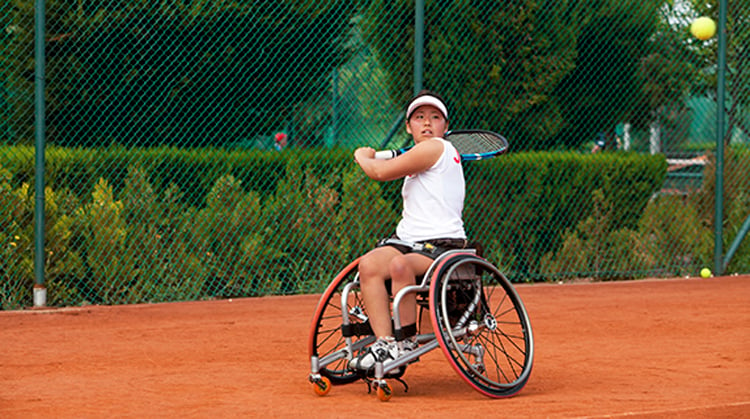
Take Safety Precautions
It’s important to take safety precautions when exercising, as well as consult with your doctor or physical therapist to ensure that you’re doing it safely. Exercise can range from simple movements like standing up from a seated position, aerobic exercise for raising your heart rate and causing you to break a sweat, or muscle-strengthening exercises in the gym or at home. Eating the right food is also essential in order to maximize the benefits of physical activity. While it may take some time to incorporate exercise into your daily routine, it’s worth investing in your health and wellbeing by doing so.
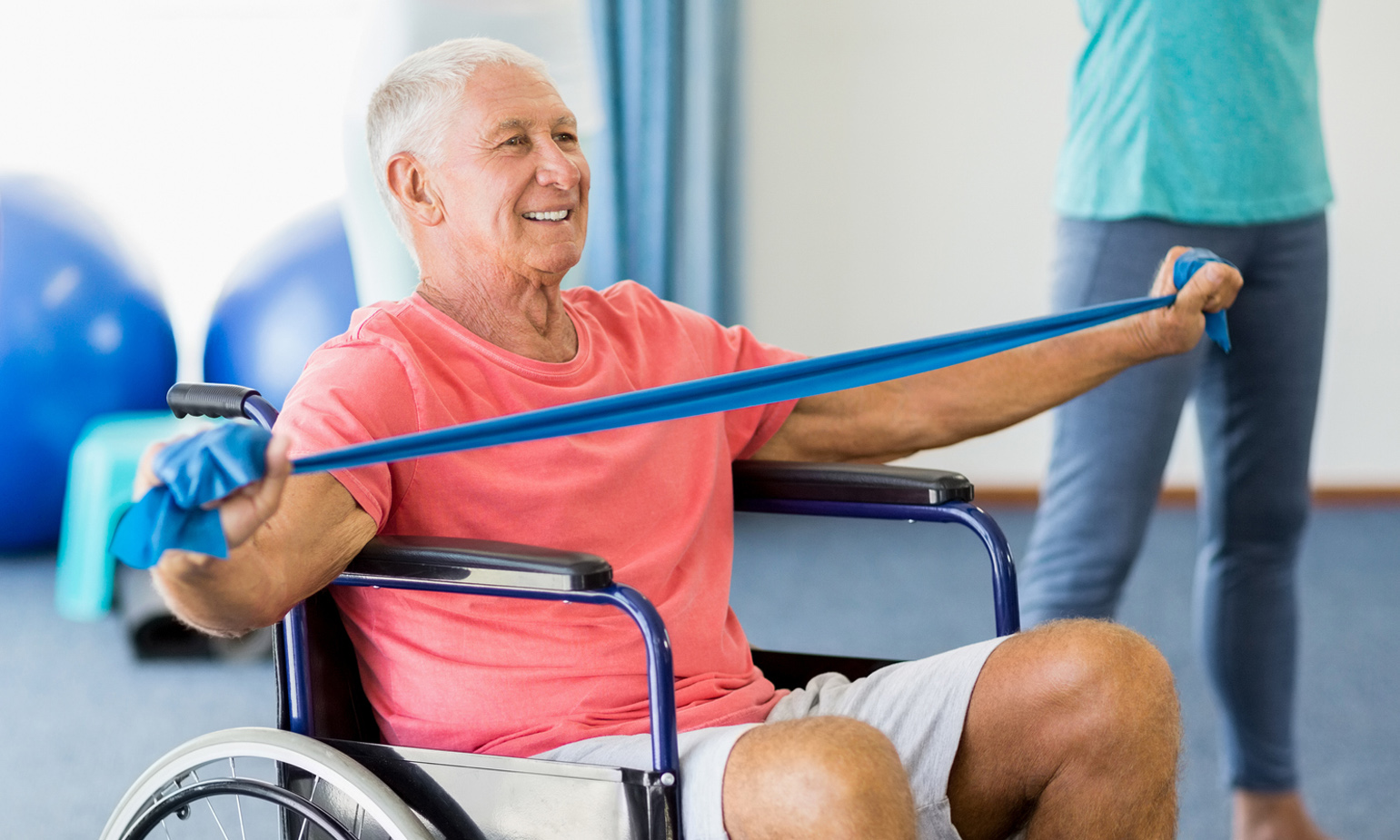
Join an Adaptive Sports Program
Joining an adaptive sports program is a great way to stay active while living with a disability. Adaptive sports (also known as para sports) provide competitive or recreational activities that are designed or adapted for people with disabilities. The goal of these programs is to provide access to physical fitness for all people regardless of their competition level.
Organizations like Disabled Sports USA (DSUSA) lead adaptive sports programs for people with different types of disabilities, offering unexpected benefits like increased employment rates as well. Adaptive Climbing Group offers opportunities to inclusively participate in the sport of climbing and the Fitness Inclusion Network (Fit-IN) promotes adapted sports and inclusive recreation in Central New York. Increasing numbers of fitness clubs are also adapting their facilities and equipment to cater towards people with disabilities.
By joining an adaptive sports program, you can help strengthen your heart, muscles, and bones while also experiencing other positive benefits such as improved overall health and social connections.
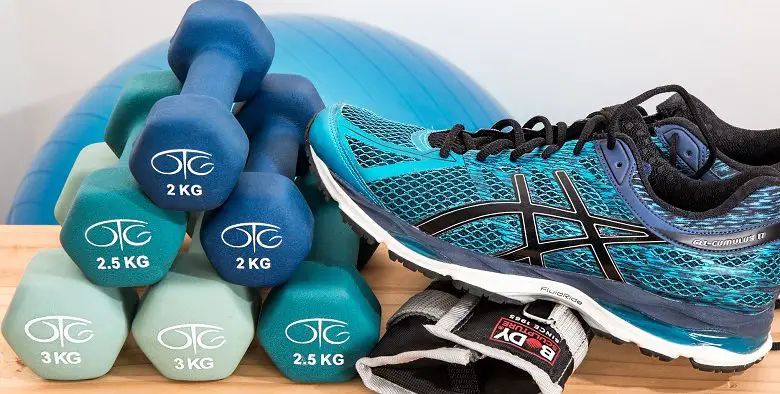
Start Simple and Slow
Starting slowly with exercises that suit you is the key to success. This can include activities like walking, water aerobics, swimming, tai chi and yoga. You can gradually increase the intensity of your activity over time as your fitness level improves. To get started it’s important to set manageable goals and make them into habits. Regular physical activity will help improve overall health and wellbeing for everyone including people with disabilities. Focus on what you CAN do instead of what you cannot do, this will help keep you motivated and encouraged throughout your journey towards better fitness. Remember to start slow and build up over time in order to be successful and safe while exercising!

Try Low Impact Activities
Low impact activities are an ideal way to stay active and healthy. Chair yoga is a great option if you have any disabilities, injuries, or medical conditions such as arthritis, chronic obstructive pulmonary disease, or osteoporosis. Exercise in water can also be beneficial for those with limited mobility; it provides a low-impact way to get exercise without straining the body. Isometric exercises such as planking and squatting can be used to build muscle strength in those who have difficulty moving around. Regular physical activity is important for everyone’s health, including people with disabilities. Getting active can help improve overall health, mental well-being, and quality of life. For those who cannot perform high-intensity aerobic exercises due to their disability, seated cardio and chair exercises are an excellent option that still provide plenty of health benefits.
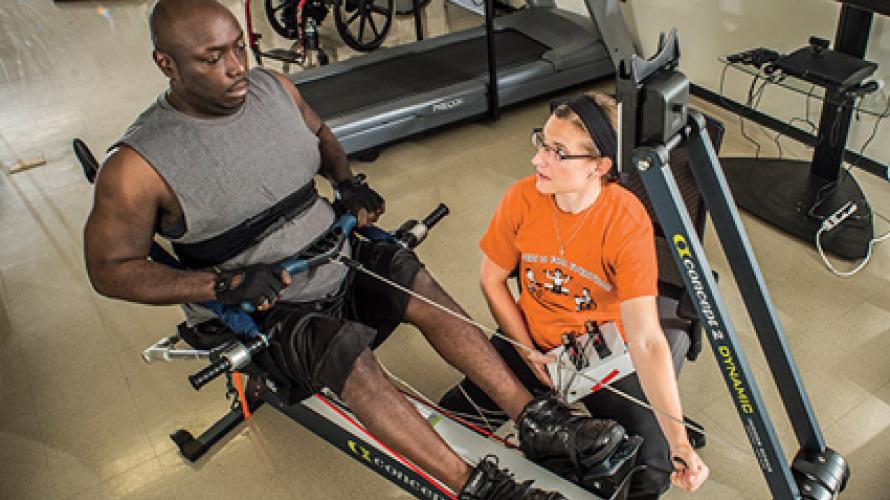
Mix it Up with Variety
Having a variety of exercise options available can help keep individuals motivated, and ensure that they don’t get bored or burned out. Aerobic exercises including walking, jogging, swimming and cycling are ideal ways to improve cardiorespiratory fitness. Strength training such as weightlifting and resistance bands can also help build muscle strength and endurance. If possible, it’s a good idea to find a trainer who specializes in working with people with disabilities in order to customize an appropriate workout program. Medicare also covers physical therapy for those who qualify. Regular physical activity has been proven to reduce the risk of heart disease, arthritis, disability, and even some types of cancer – so mix it up and make sure you stay fit!

Consider Swimming
Swimming is an excellent and accessible way for people of any mobility challenge to stay physically active. Swimming provides a low-impact aerobic workout that can help strengthen muscles and improve mental health. Specialists such as physical and occupational therapists can work with those with disabilities to create appropriate fitness plans. Cardiovascular exercise, such as swimming and jogging, helps the heart, blood flow, and lungs while strength training focuses on improving muscle tone. Exercise plays an important role in overall health maintenance so it’s important for everyone to find a form of activity that works best for them. Swimming also has great therapeutic value since the buoyancy relieves the strain on the body making it easier to move around in the water.

Be Mindful of Diet and Nutrition
Diet and nutrition play an important role in maintaining good health for people with disabilities. Consult with your doctor or physical therapist to find safe ways to work around any injury or disability, and make use of exercise machines in a gym or health club for muscle-strengthening activities. Aim to have set eating times at the same time every day, and consult with a dietician if you have specific dietary needs that need to be met. Eating well-balanced meals will help give your body the nutrients it needs while minimizing risk of chronic disease. The Guide to Healthy Living for People With Disabilities is an excellent resource if you’re looking for more tips on how to stay healthy while living with a disability.

Track Progress Periodically
Physical activity can increase overall fitness and prevent functional decline, so start with realistic goals that are tailored to your abilities. Research suggests that physical activity is the number one contributor to longevity, so it’s important to keep track of your progress periodically. Start slowly and gradually increase the intensity and duration of your exercises over time. Progression is closely tied to overload, so if you have reached a certain fitness level, strive for higher levels of physical activity. Tracking your body measurements and progress will help you stay motivated on your fitness journey. Remember, with the right attitude and dedication, you can reach all of your goals!
Conclusion
Research has found that adults with disabilities were 82% more likely to be physically active if their doctor recommended it, than if they did not get a doctor recommendation. This emphasizes the need for doctors to encourage physically disabled individuals to engage in physical activity. Additionally, evidence suggests that people with disabilities should do 150 minutes of physical activity at a moderate to vigorous intensity each week in order to see substantial health gains. Furthermore, people with physical or mobility disabilities are more likely to miss opportunities for physical activity compared to those without disabilities. Regular exercise can help improve strength and bone density, manage healthy weight, improve sleep quality, build self-esteem and social connections. Overall, staying fit as a disabled person is key for achieving optimal health and well-being.

